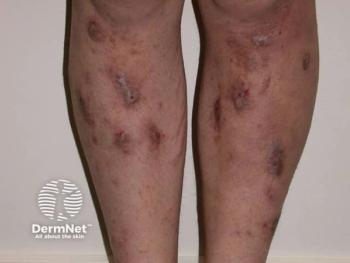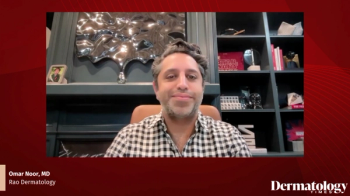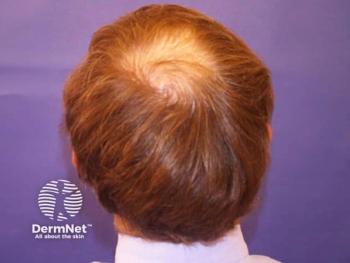
Clinicians must learn more about science of fillers
When considering the pluses, minuses and makeup of currently available fillers, according to an expert speaking at Cosmetic Surgery Forum, dermatologists must rely on their own insights and industriousness rather than manufacturers’ messages.
Las Vegas - When considering the pluses, minuses and makeup of currently available fillers, according to an expert speaking at Cosmetic Surgery Forum, dermatologists must rely on their own insights and industriousness rather than manufacturers’ messages.
For core aesthetic physicians, says Daniel Cassuto, M.D., “It’s about time we start learning more about rheology - the science of fillers. One of the important characteristics is water binding capacity - how much water is attracted by certain hyaluronic acids we inject, and when does it happen?” He is professor of plastic, reconstructive and aesthetic surgery, University Hospital of Modena, Italy.
Similarly, he says that to date, “Hyaluronic acid (HA) has been considered a passive substance,” as though it does not elicit any tissue response, as calcium hydroxylapatite and poly-L-lactic acid do. However, he says, “There are many molecular mechanisms by which fibroblasts and other cells are influenced by hyaluronic acid (Fagien S, Cassuto D. Plast Reconstr Surg. 2012;130(1):208-217). It’s not by chance that we have 10 percent hyaluronic acid in the dermal matrix.”
Although HA is the safest filler available, Dr. Cassuto adds, “It can develop infection like other fillers. And it can be displaced if not injected properly,” as well as potentially causing functional and neurological impairment. These adverse events are due not to HA fillers themselves, he notes, but to the way they are injected.
“We must be aware of the dangers and the general properties of hyaluronic acid. We should not be prisoners of marketing strategies,” Dr. Cassuto says. “We should learn the properties and qualities of each filler based on its molecular structure and composition.”
Disclosures: Dr. Cassuto reports no relevant financial interests.
Newsletter
Like what you’re reading? Subscribe to Dermatology Times for weekly updates on therapies, innovations, and real-world practice tips.


















